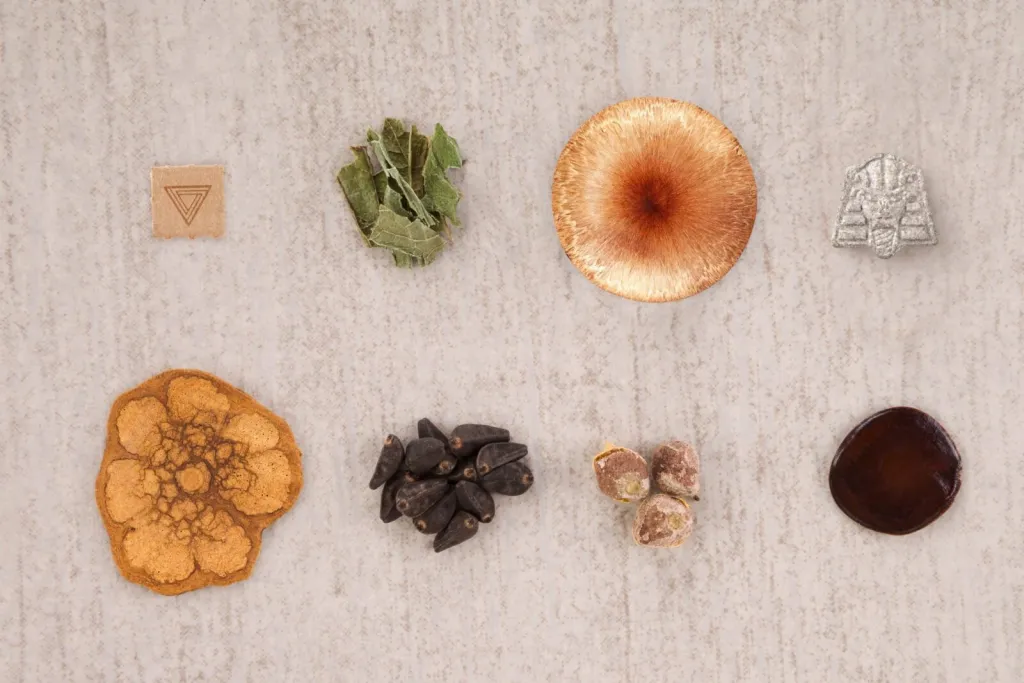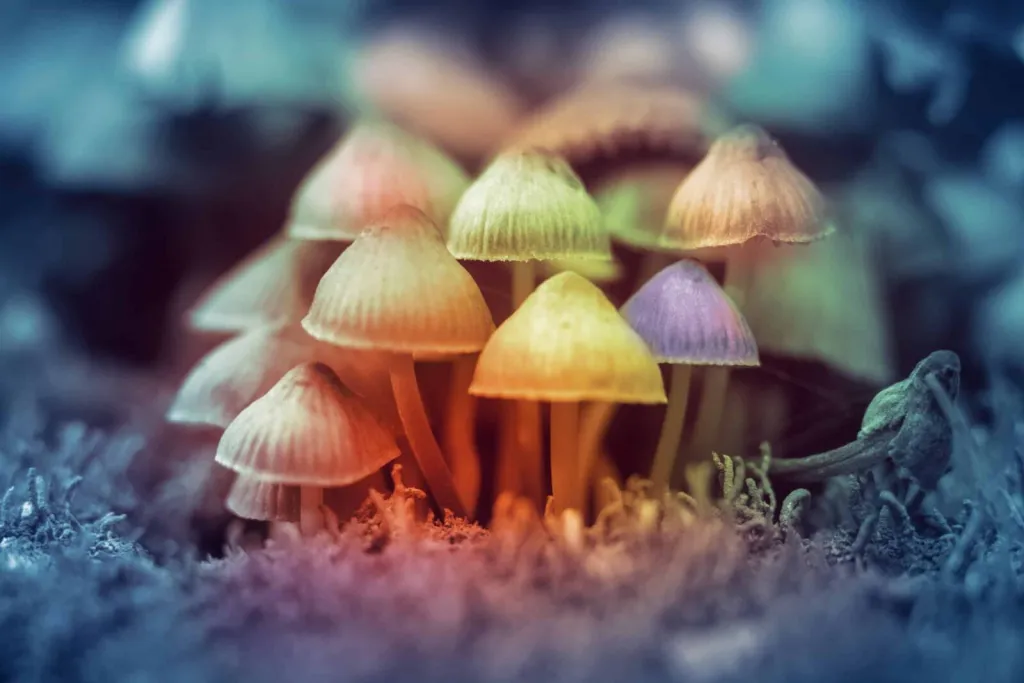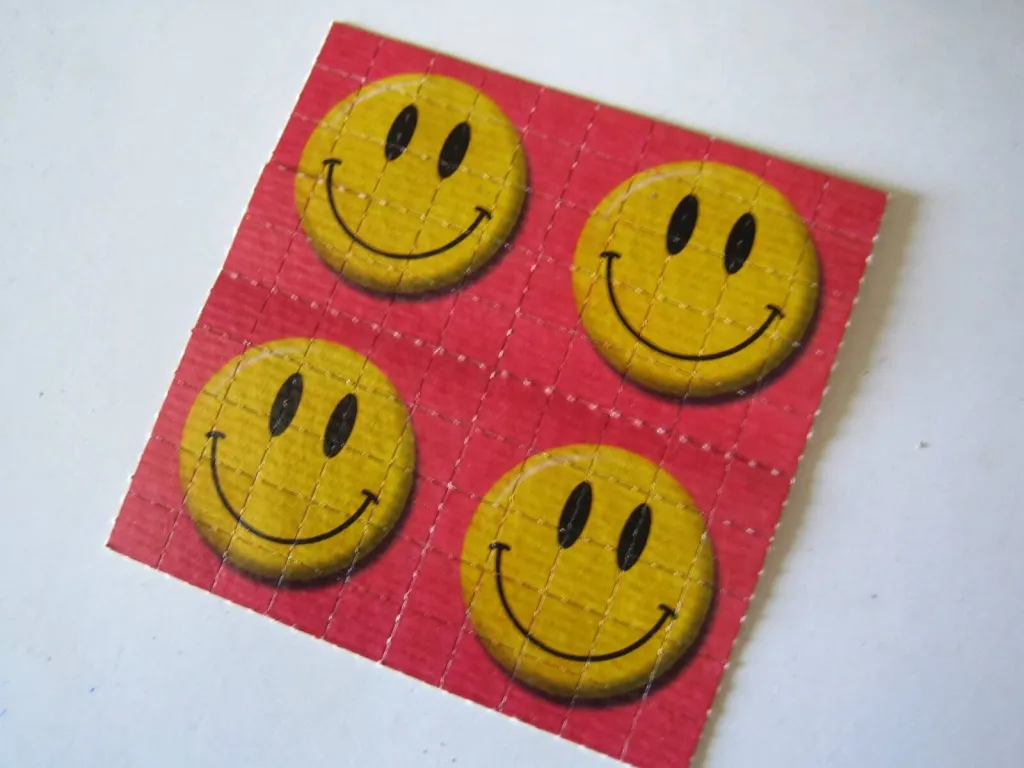
The recent Netflix series about the book “How to Change Your Mind” has once again brought psychedelics to the attention of mainstream audiences. The book illuminates the experiences Michael Pollan gained by using these fascinating naturally occurring compounds.
Humanity has a long and storied history with psychedelics. The use of sacred substances byhttp://GOOGLE tribal and indigenous people worldwide is well documented. Despite their importance, their use in modern Western civilization is more recent and less prevalent.
The book covers how psychedelics can treat consciousness, dying, addiction, depression, and transcendence. Ready to find out more?
What are Psychedelics?
The existence and history of psychedelics is fascinating, but what exactly are they? Ask different people, and you’ll get a variety of answers.
The majority of psychiatrists define these substances as drugs that cause a significant change in cognitive and perceptive functions. Shamans recognize psychedelics as a tool used in religious ceremonies.
For many Westerners, psychedelics are dangerous and destructive drugs. For others, these compounds are potentially valuable drugs that could revolutionize psychotherapy and the way we treat mental illness.

Meet the Family
Before jumping into the history of hallucinogens, let’s familiarize ourselves with the four “classical” psychedelic family members.
- LSD-25 (Lysergic acid diethylamide): LSD-25 or “acid” is the name of the synthesized version of lysergic acid. It’s found naturally in ergot, a fungus known to infect grain.
- Mescaline (3,4,5-trimethoxyphenethylamine): Mescaline produces effects similar to LSD and psilocybin. It’s found in certain species of American cacti.
- DMT (Dimethyltryptamine): DMT is the active compound found in ayahuasca, a shamanic decoction used in South America. Its creation requires the combination of two ingredients; the Banisteriopsis caapi vine and Psychotria viridis.
- Psilocybin (4-hydroxy-N, N-dimethyltryptamine): Psilocybin is present in over 200 species of fungi, with the family Psilocybe containing the most potent specimens.
Now that you’re familiar with a handful of these mind-altering substances, let’s take a brief look at the history of psychedelics as a whole.
Tripping Through Time
The esoteric nature of psychedelics makes charting a history of hallucinogens difficult but not impossible. Anecdotal evidence and a wealth of veiled references point to these substances playing an important role in many cultures around the world.

Psychedelic Pioneers
From the mystical Soma of the Sanskrit texts to the accounts of Norwegian berserkers, signs of psychedelic use are everywhere. The problem is that many cultures that used them focused on the oral transmission of knowledge over the written word.
There’s justifiable speculation that these rituals centered around the use of lysergic acid in ergot, but no hard evidence exists. Participants were forbidden to discuss or record anything about their experience, leaving modern-day historians unable to confirm their (likely correct) assumptions.
More evidence of a history of psychedelic use comes from 4,000-year-old cave paintings in northern Africa. Depictions of what appear to be mushrooms from the Psilocybe family have sparked a vigorous debate among historians.
From Prehistory to History
Step out of the murky waters of myth, legend, and prehistory, and the history of psychedelics becomes somewhat clearer.
The first explicit written accounts about psychedelics come from the Spanish conquistadors. Missionary priests observed Aztecs ritually consuming the “flesh of the gods.”
Francisco Hernández de Toledo wrote a guide for missionaries in 1656 that touches on native psychedelic practices. De Toledo speaks of a particular mushroom, likely Psilocybe mexicana, which brought about visions and “madness.”
The devout Catholic missionaries were appalled by what they saw, labeling the use of such substances as witchcraft. It probably didn’t help that this “flesh of the gods” ritual bore an uncomfortable resemblance to the Eucharist.
Into the Modern Age
It wasn’t until the turn of the twentieth century that psychedelics became a topic of interest again. Things started slowly, with Arthur Heffter isolating mescaline in 1897 and French scientists Dybowsky and Landrin doing the same for ibogaine in 1901.
Despite these earlier discoveries, it was Albert Hoffman’s discovery of LSD in 1938 that really grabbed everyone’s attention. Hoffman’s work kickstarted the science of psychedelics. The following years saw unprecedented research into this unique category of compounds.
Just Say No?
Despite considerable advances in psychopharmacology, this chapter of the history of psychedelics was short-lived. Inevitably, LSD was introduced to the broader population, leading to a small number of high-profile abuse cases.
The worst of these abuses was perpetuated in secret by the US government. Project MK Ultra administered LSD to unknowing test subjects, directly causing one case of psychosis and a suicide.
Instances like this and the well-intentioned, yet perhaps irresponsible, actions of people like Timothy Leary instilled fear in the establishment. The arrival of Nixon and later Reagan heralded a new era and the commencement of the War on Drugs.
Shortsighted policy-making and indiscriminate drug classification represented a true “Dark Age” for the science of psychedelics.

A Psychedelic Renaissance?
Thankfully, the academic world is once again probing the psychedelic realm with some exciting results. Thanks mainly to Michael Pollan’s book and Netflix docuseries “How to Change Your Mind.”
The latter presents the current state of research into LSD, mescaline, and psilocybin, arguing a solid case for their careful use. From helping cancer patients overcome existential fear to completely curing others of debilitating neuroses like obsessive-compulsive disorder (OCD).
The existence of life-changing compounds like psilocybin which originates from minuscule mushroom spores, is a wonder in itself. The potential benefits they afford are simply too significant to ignore.
Check out this Netflix docuseries if you’re interested in the weird and wonderful world of psychedelics. Already watched it? Then why not check out our other blog entries for similarly stimulating articles on all things psychedelic?
